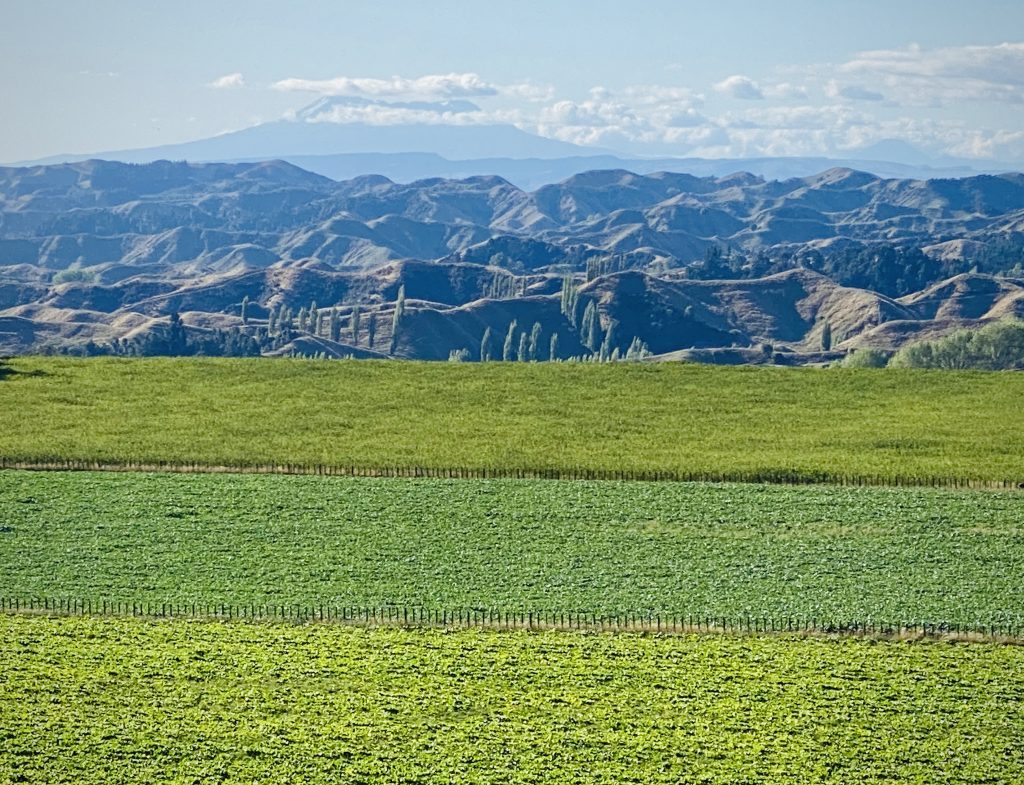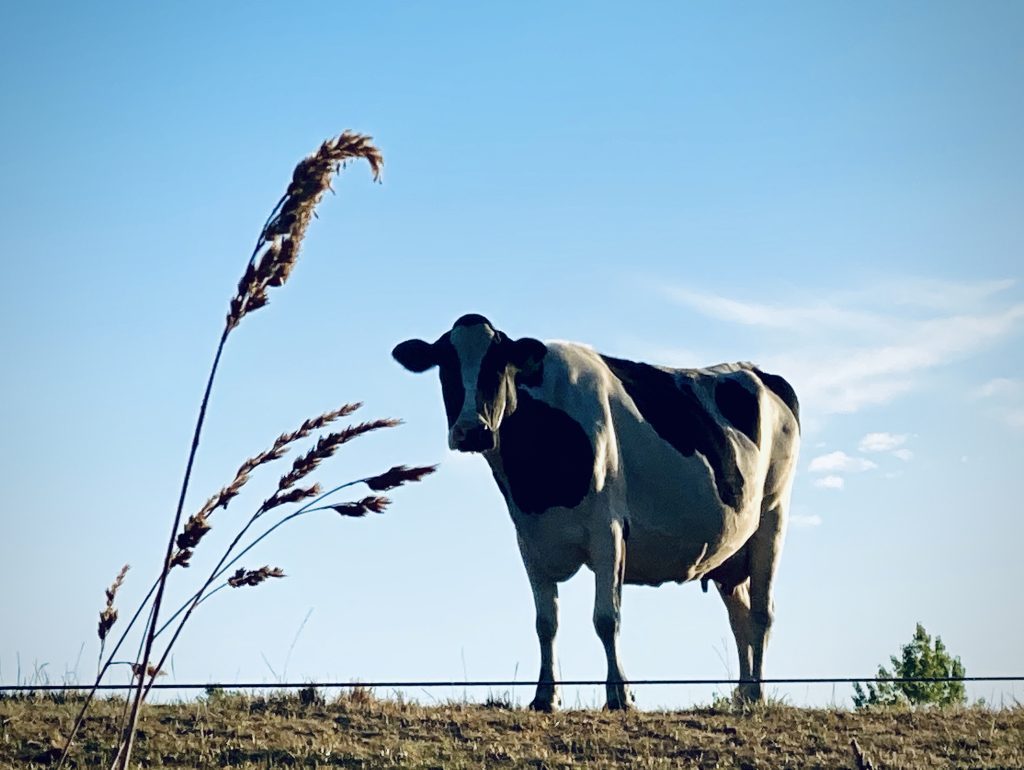Andrew’s Tour Aotearoa
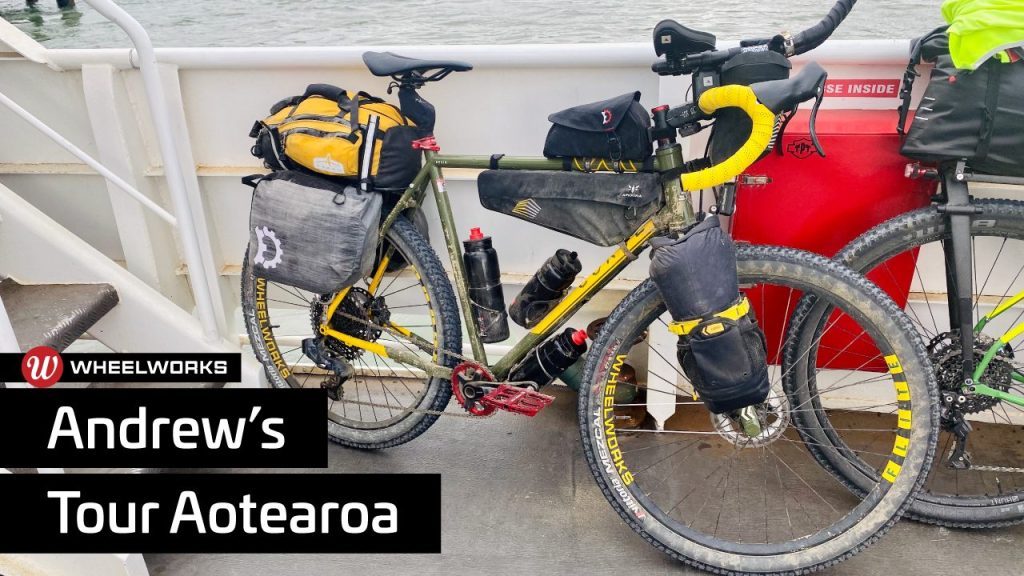
Andrew bought his first pair of Wheelworks wheels 13 years ago. Like many of our customers, he's upgraded bikes over the years, each time returning to us to upgrade his wheels. Unlike many of our customers however, Andrew started working for us in 2022, bringing his eclectic work experience and broad cycling background to help other cyclists optimise their rides.
I love reading a good adventure story - one which shares the experience of the highs and lows of the trip - and it’s great to see people doing these crazy adventures even if I have no plans to do them myself. This write-up of Andrew’s Tour Aotearoa is a great read which does just that, so settle in and enjoy.
- Tristan

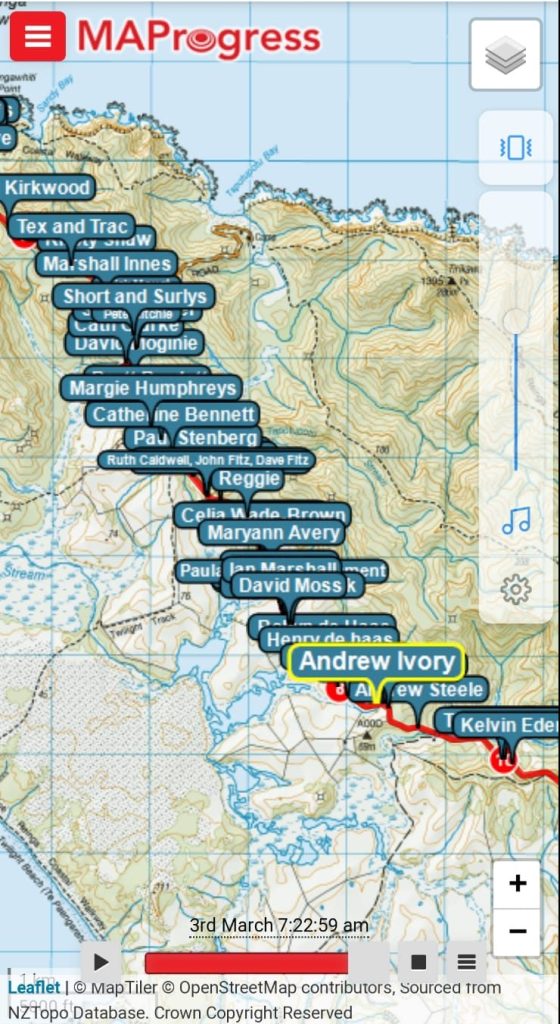
"Everything I own is wet, so I’m staying in a motel tonight and hogging the guest laundry. I get excited when I stay in a motel, because they have hairdryers. I won’t go into exactly what a cyclist with saddle sores does with a hairdryer, but it’s not for drying your hair."
I’ve been re-reading my emails home from my first Tour Aotearoa attempt in 2018 in preparation for writing this article, and it’s a great reminder that the event is as much a mental and emotional journey as it is a physical challenge.
For those lucky enough to have signed up for the next Tour Aotearoa brevet (starting dates in February 2023 were recently announced), that journey has started already. The next seven months will be filled with plans, preparations, and mostly with questions. What bike will I ride? What tyres will be best? What shape handlebars? Tent or bivvy? Sleeping bag or quilt? And so on, seemingly without end. The various Facebook groups will be packed with these questions and there’s a wealth of useful resources out there to answer them, so while I’m happy to provide details of my own bike setup and gear list to those interested (link at the end), I thought I would focus this article on how to optimise your emotional journey on the Tour.
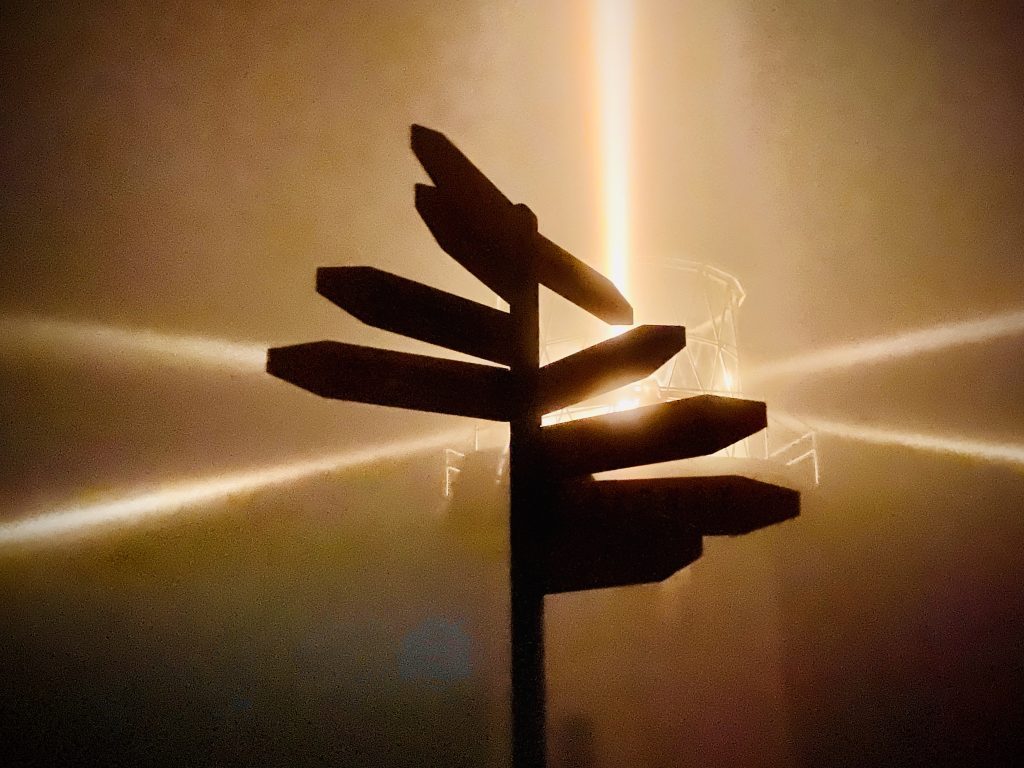
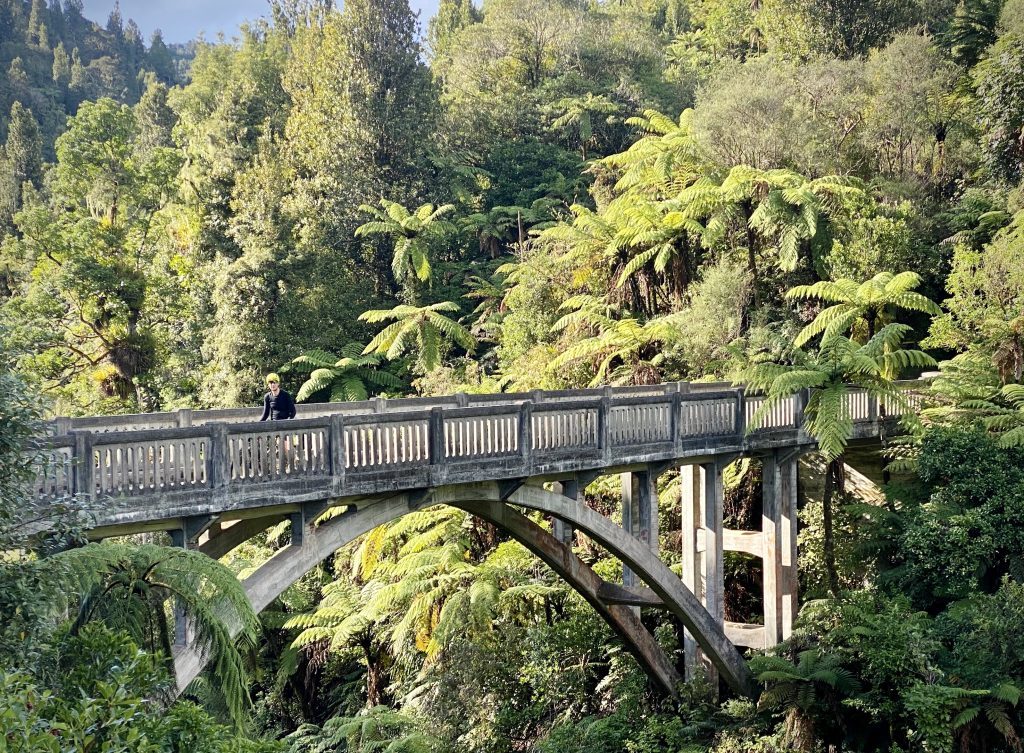
Keep it Simple
"I discovered an amazing thing today. I can actually just detach ONE of the Velcro straps on my cue sheet holder and slip the cue sheets out while the other straps stay fastened - I don’t have to take them all off every time I change pages and then faff around trying to get it all connected again. This may mean very little to you. But when your life has been reduced to just the things you fit on your bike and how you use them, it’s a momentous revelation."
The Tour Aotearoa travels from Te Rerenga Wairua (Cape Reinga) to Motupohue (Bluff), covering more than 3000km, tens of thousands of vertical metres of climbing, five boat rides, and every type of terrain and road surface from busy state highways to hike-a-bike tramping tracks. But each day there are only four things you must do: ride, eat, drink and sleep. So at heart it’s a very simple task: at least until you think about the numbers involved. To complete the official brevet, you must take at least ten days, and no more than thirty, to complete the distance, and be fully self-supported along the way. At a middle-of-the-pack 21-day pace, you’ll need to ride the distance of the Lake Taupo Cycle Challenge each day, on a fully loaded bike, dealing with a multitude of surfaces and weather conditions. And then you’ll need to wake up and do it again, every day, for three weeks straight.
In my experience (I’ve attempted it twice, and completed the route and more between the two attempts) success can be distilled down to two factors:
1. How easy can you make it for yourself to ride/eat/drink/sleep?
2. How motivated will you feel to do it all again the next day?

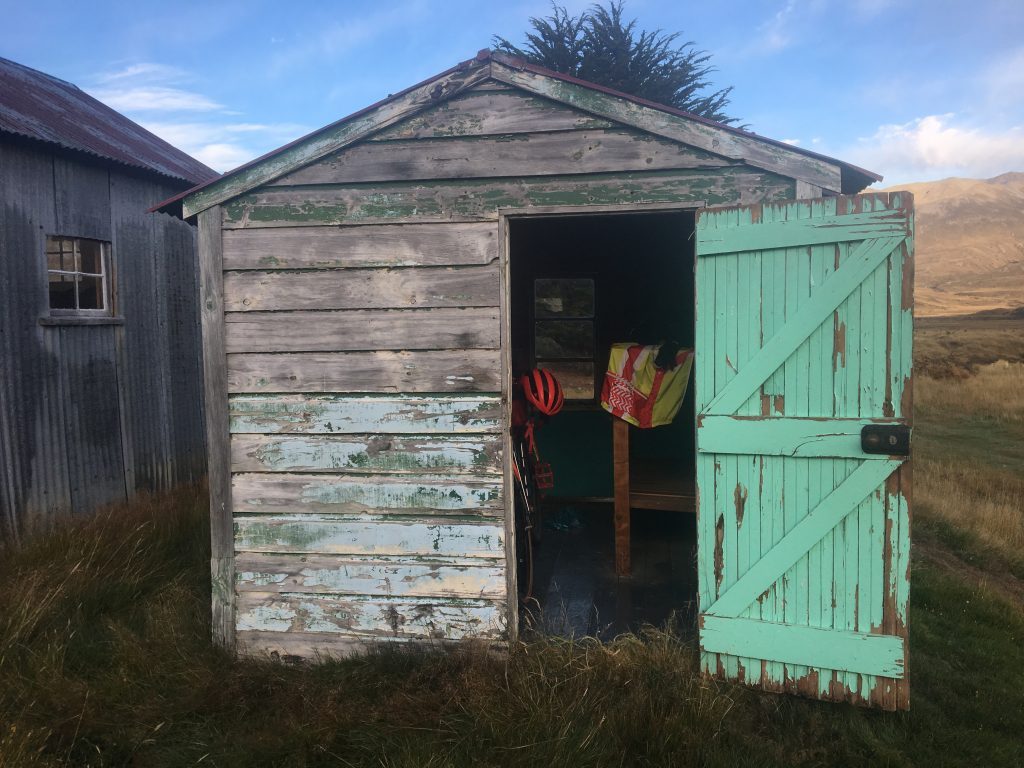
Make it Easy
There’s no magic solution to this one: making it easy comes down to preparation, which builds trust in yourself, your gear and your planning. Having that trust will make a huge difference to your emotional journey and your chance of success.
Trust your body.
The Tour Aotearoa is not a race. You’ll lose count of the number of times people remind you of this, but it still can be a really difficult thing to grasp, particularly if you come from a competitive cycling background. Speed will not get you to the end, so don’t waste a lot of time doing speed training. Instead, do as much as possible of the type of riding you’ll be doing in the event. Long, slow, loaded hilly rides. Ride multiple times in the day. Get used to the feeling of getting back on the bike with a full stomach after a big lunch. Get used to getting up in the dark and riding into the dawn, then carrying on riding until it’s dark again. Get used to doing that again the next day. Acclimatising your body to the type of riding is much more important than brute fitness. If you have any time to add some off-bike training, focus on strengthening your core - that will help you hold your tired and weary body together at the end of the long days.
Trust your bike.
Over the course of two Tour Aotearoas and one Kopiko Aotearoa, plus multiple other multi-day adventures, the only mechanical issue I’ve had has been a squeaky pedal that needed a re-grease. I haven’t had so much as a simple puncture or a dropped chain. I guess this comes down, once again, to event-specific preparation. Over the next months, ride the bike you plan to ride in the event as much as you can, load it how you plan to load it, ride it over bumpy ground and smooth. I commuted on my fully loaded Tour Aotearoa bike, I rode a hill climb series and a long gravel fondo on my loaded bike, I even rode it fully-loaded at Karapoti (only the short course, I’m not crazy!). I discovered all the bolts which would rattle loose and took steps to fix them. I found where zip ties were a perfect solution and where they would fail catastrophically. I found which bags worked well and which ones were a nuisance or a danger. I found which components I could trust.
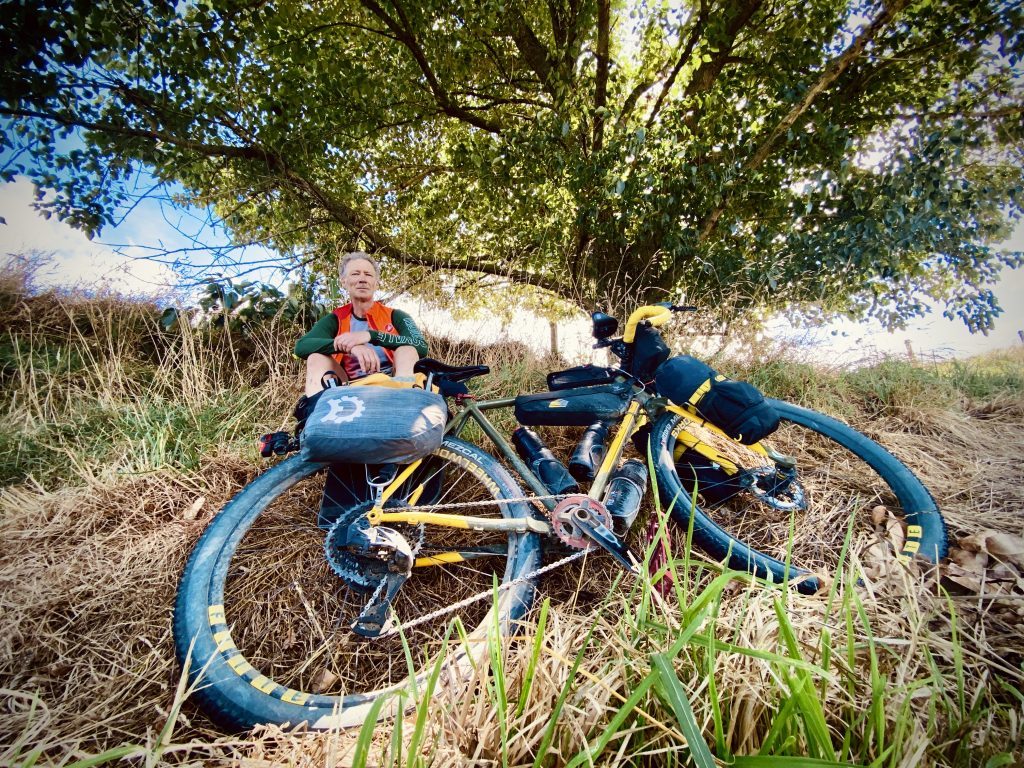
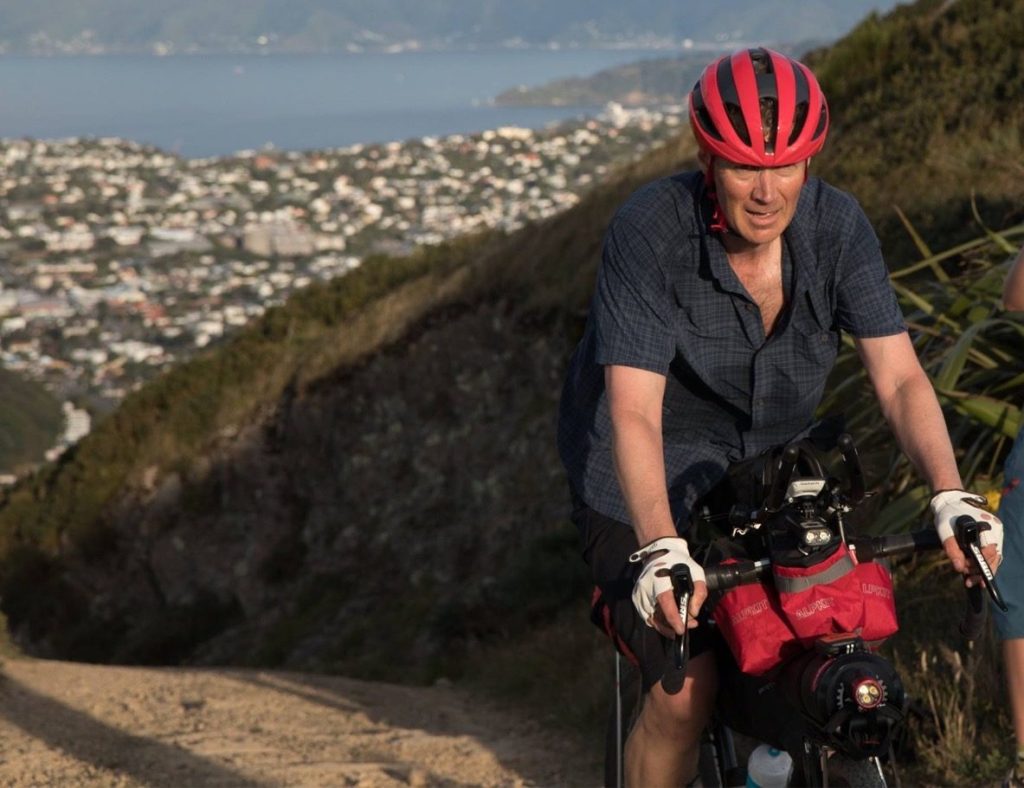
I have to shout out here to my wheels - I rode the Tour when I was still just a regular Wheelworks customer, before I joined the company, but I chose Wheelworks wheels for both my attempts because I had learned to have absolute faith and trust in their build quality and customer support. My wheels just ran perfectly every day and took everything a heavily loaded bike and rider could throw at them. As a major moving component, that is such an important part of having trust in your bike.
Trust your gear.
Aside from riding, your other regular chore each day will be packing and unpacking your gear. This could be as little as just sorting out your riding kit each day if you’re a motel stayer, to a full camp set-up and decamp if you’re sleeping out. So again, preparation is key. Most small tents are pretty easy to set up during the day with the instructions in hand. So instead, try coming home after a long day and a late night out and set up your tent in the dark on your back lawn. Get your sleeping mat and sleeping bag ready and settle in for the night. Make a pillow out of things you’re planning to take on the ride. Then do it again on a windy night when it’s pouring with rain. Get up in the wet morning and somehow pack everything back into bags on your bike.
Another thing you’ll constantly be told, but can be difficult to really do, is not to take too much gear! I’m embarrassed now when I look at my ridiculously over-loaded bike from my first attempt. Most of the excess baggage is medical kit, spares and tools to fix things that didn’t break - I hadn’t yet developed that trust in my body, bike and gear to really cut back to the essentials.
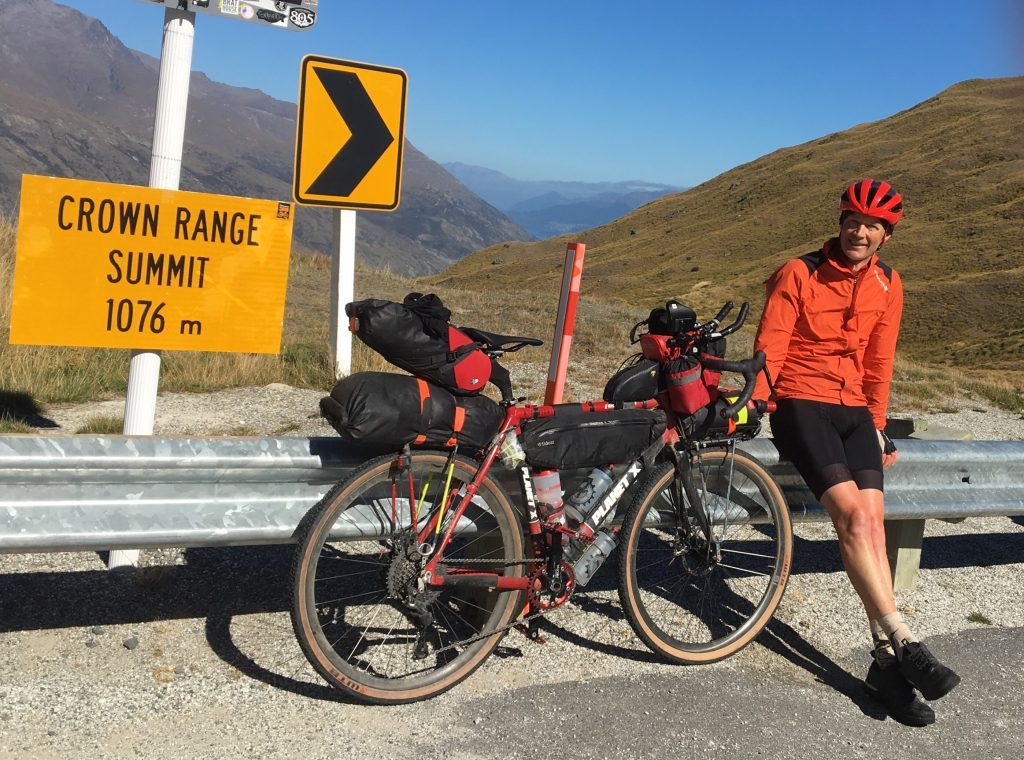

Be comfortable.
Three weeks is a long time to be riding a bike, and a long time to be sleeping away from home. In all the decisions you make, try to prioritise comfort over speed. Without getting into the nitty gritty of bike and gear choices, things like bigger-volume tyres, multiple hand and foot positions, and suspension seatposts may all come at a cost of speed or weight, but what they add back in comfort will be far more valuable over the length of the ride. And similarly with things like sleeping bags, mats and tents: a setup which helps you sleep comfortably will be a far better choice than one which saves you a few grams.
Motivation
"My pedal developed a squeak today. The squeak only happens occasionally, when climbing, and it has the exact tone, pitch and duration of a pīwakawaka cheep. Which caused some confusion as I crawled over the three saddles between Franz Josef and Fox this morning. First it confused me, as there were clearly pīwakawaka about and I wasn’t sure for quite some time whether my bike was even squeaking. Then it confounded the local pīwakawaka, who darted about cheeping like crazy trying to communicate with my bike. It certainly passed the time."
Something I’ve experienced on every multi-day endurance ride I’ve attempted is the day 4 blues. That’s the point at which my mind and body realise I’m not on a training ride this time, and what feels like it should be the end of physical exertion is really just the beginning. It’s when my trained endurance is wearing out, and I haven’t yet developed my “ride yourself fit” conditioning.
Getting out of bed on day 4 requires a lot of motivation. And for me, that motivation needs to come from a sense of emotional enjoyment of the journey - not just the ticking off of km towards the finish. Here’s my tips for finding emotional reward and motivation to keep you riding through the low points and making the most of your Tour Aotearoa.
Look after your body.
Of the four daily tasks, eating, drinking and sleeping are the most important. They serve as the fuel which allows you to do the riding (and most importantly, do it again tomorrow). Get those three right and the riding just happens. So focus on easy ways of ensuring you eat and drink enough during the day (especially while riding) - I set myself a rule of taking a drink every 20 minutes and eating something every hour. Find what works for you, and try to make it simple and easy to follow. Treasure your sleep, and find the diet and routine which works for you to get the best sleep you can in the time between rides.
Ride early (sometimes).
The world is a different place at four in the morning when you’re the only soul awake and riding. Experiencing the darkness melting into sunrise as a slow burn over several hours, feeling and hearing the world come alive, and getting a solid distance under your belt before it’s even time for breakfast are all hugely rewarding. I have indelible memories of riding alone, high above the clouds as the sun rose below me through a thick Northland sea mist while I was riding along the high gravel roads of the Hokianga at 6am.

Ride long (sometimes).
Even if you’re aiming for a “leisurely” 30-day pace, I’d really encourage you to have at least one day when you start very early and then push on longer than you’ve ever ridden before. There’s something quite special about leaving one part of New Zealand before the sun rises, and arriving, late at night, somewhere which would be a long car drive away on a regular day. There’s a great sense of adventure and accomplishment in completing a 17-18 hour riding day, and you’ll sleep really really well that night!
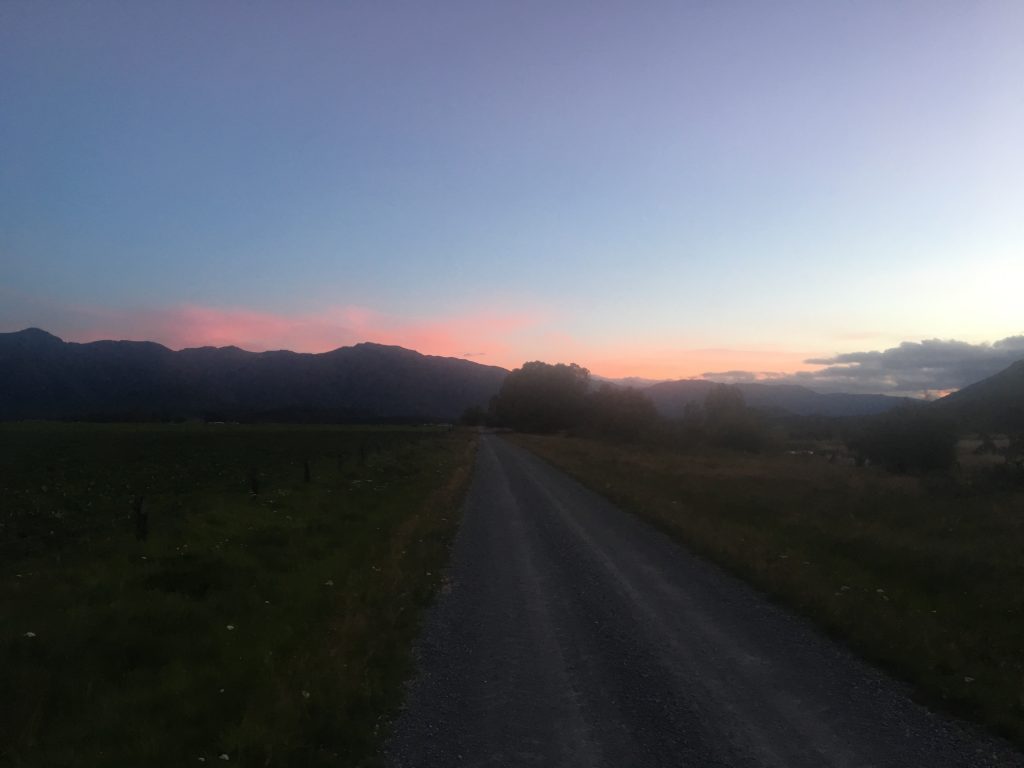
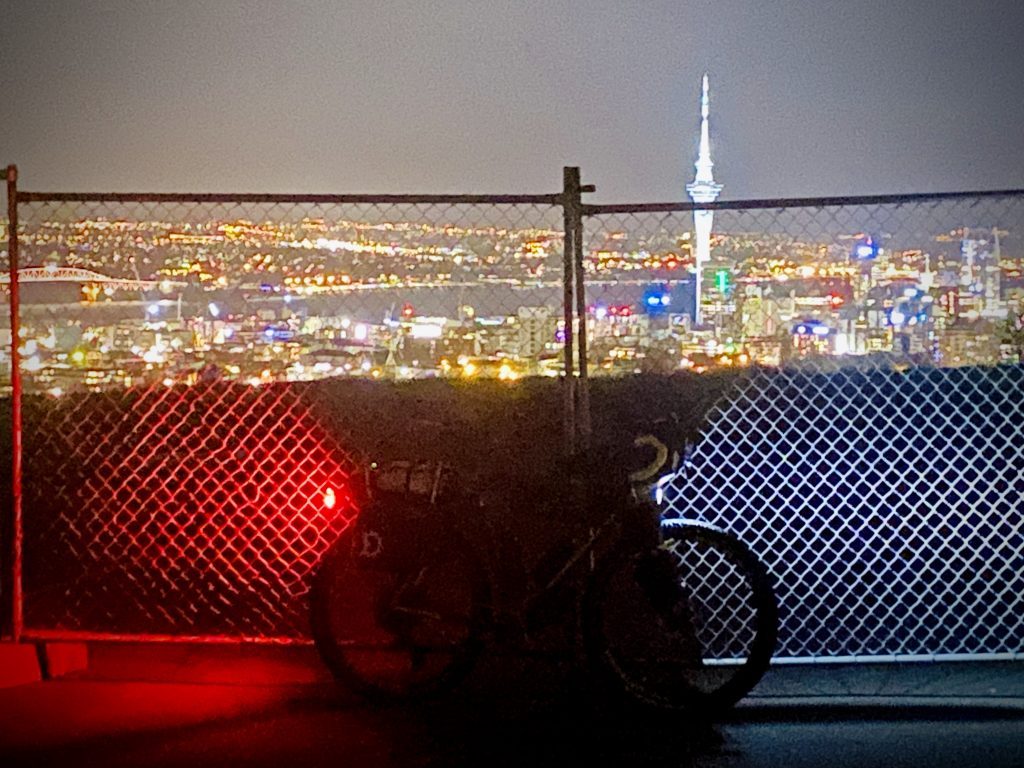
Stop often.
Taking short breaks every couple of hours is not just good for the body, I found it really good for the soul as well. It’s easy to get into a riding groove (especially on the aero bars) where your mind takes you away from the surroundings and your legs just keep pushing the pedals around. Stopping at the side of the road, sitting under a tree or perching on a gate and having some food while you look around and soak in the scenery can help ground you again and bring back your sense of place.

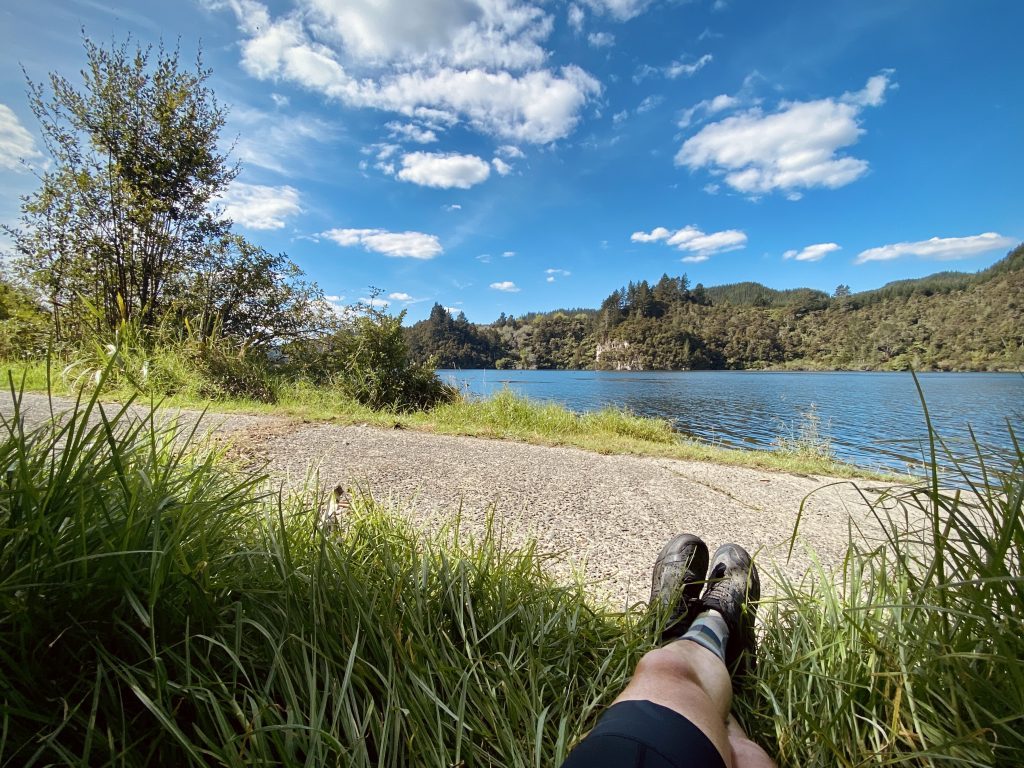
Vary your stays.
I love the freedom of riding with no destination in mind, finding a quiet spot when you’ve had enough and making camp. At the same time I love the quirky hostels, motor camps and farm stays which offer more shelter and facilities. And I know I need the occasional night in a proper motel or BnB where I can shower and do laundry and feel some luxury. There’s no right way to do it, but if you have the chance to try a few different options during your ride, that variety can help keep up the motivation.
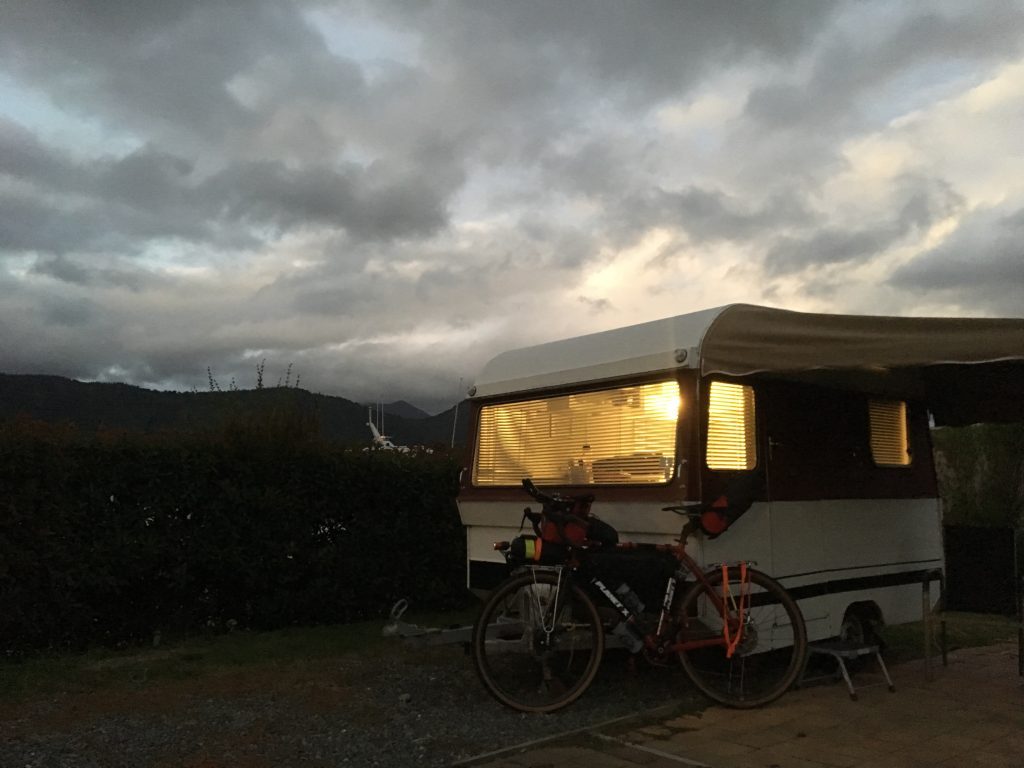

Be careful what you wish for.
My final piece of advice is to be wary of anticipating what the day ahead might bring. I found it really striking that the parts of the Tour I enjoyed the most were often the ones I looked forward to the least, and vice versa. My best days emotionally were when I discovered trip highlights like the Rangitikei high country, which I had expected to be just dull farmland and hills. And my worst were those I’d really looked forward to ahead of time and which turned out to be tedious (I’ll leave those anonymous). It’s best to have no expectations at all and just see what arrives each day. If only that were as simple to do as it is to write!
Here’s my bike setup and gear list as promised.
- Andrew
